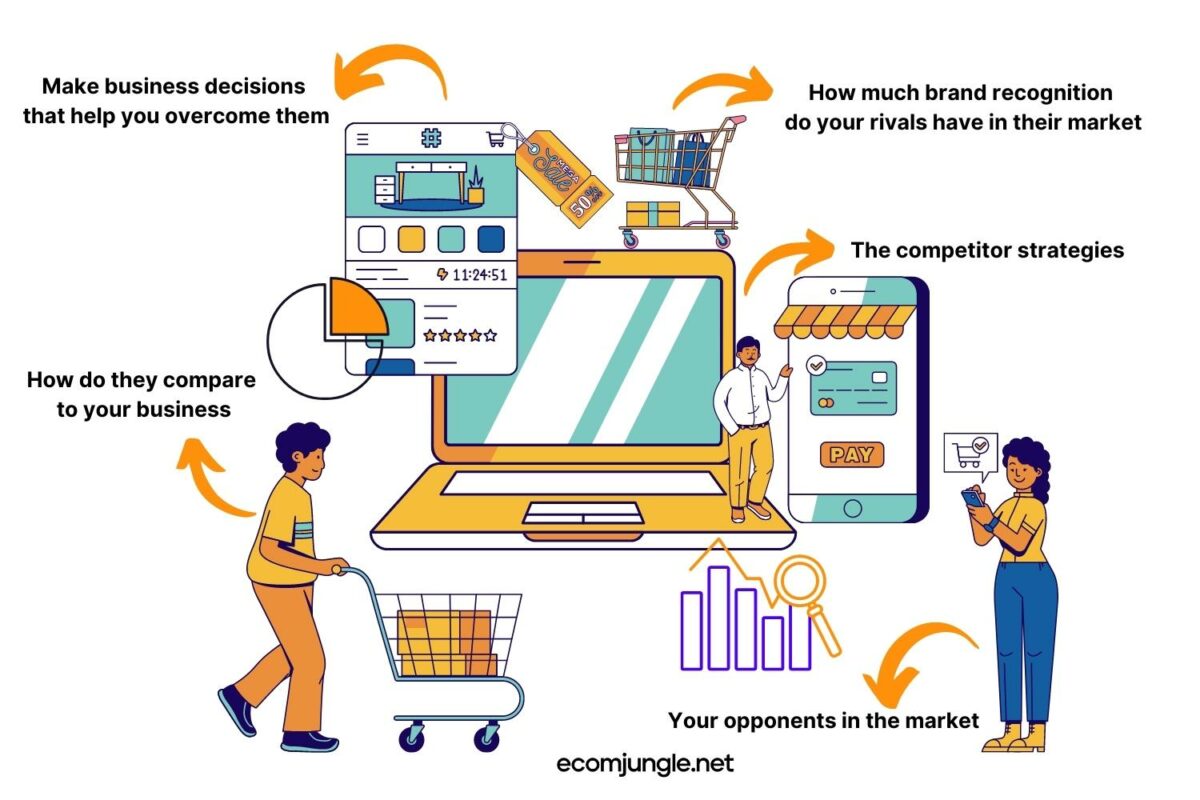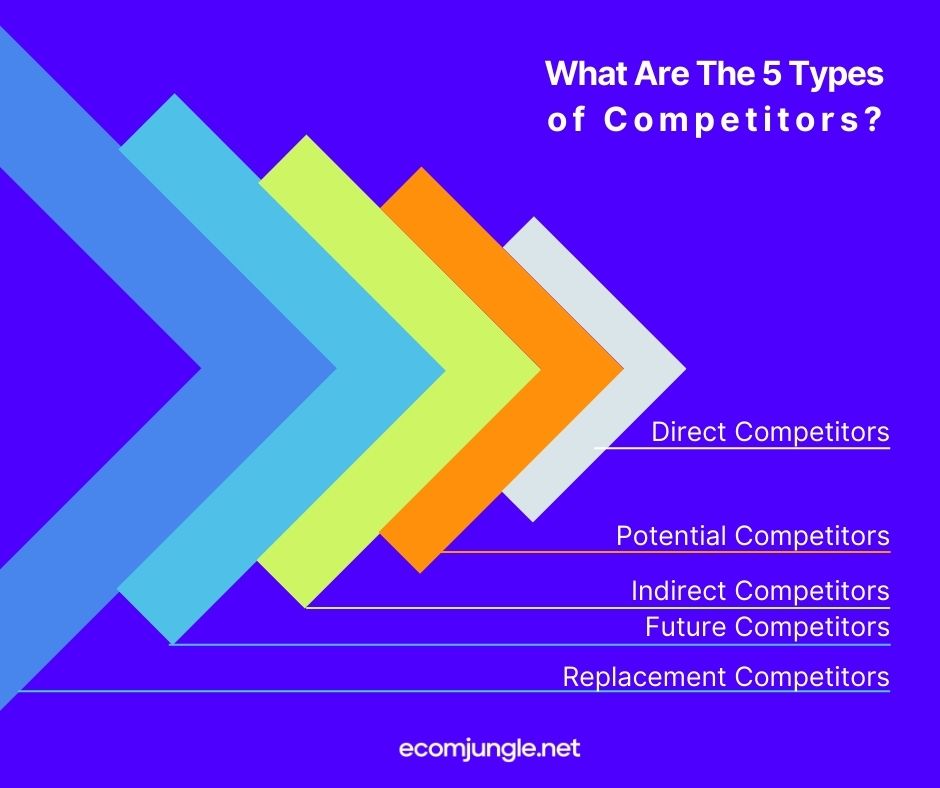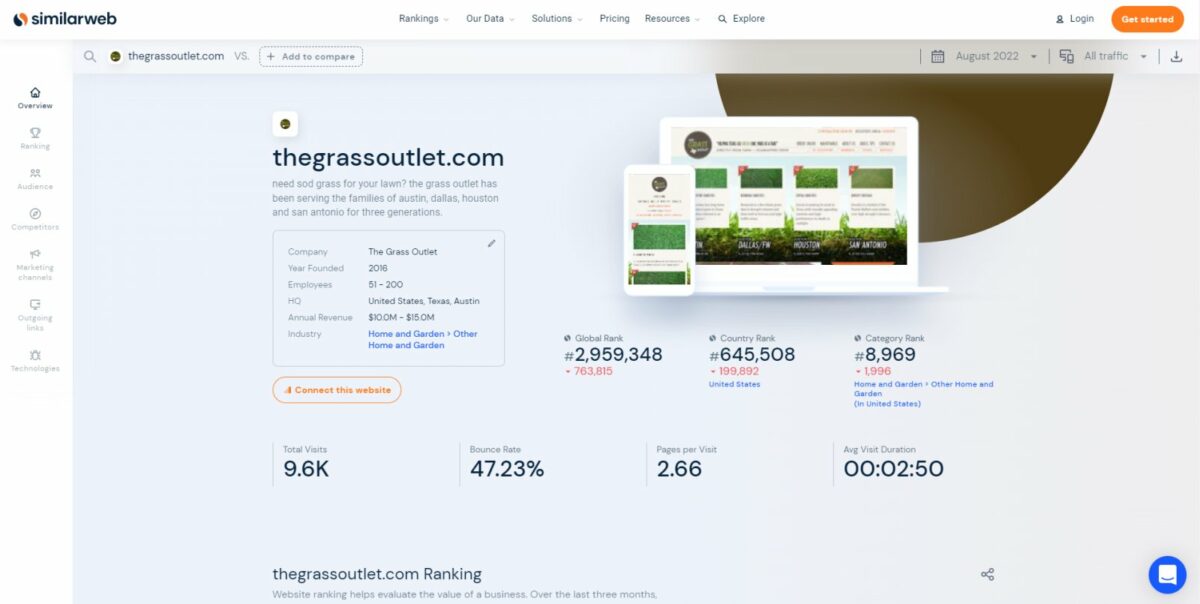In the world of eCommerce, competition is becoming increasingly challenging. To avoid failure in online commerce, you must have as many tools as possible to know where you stand in the market and guide you on how difficult it is to advance in a particular sector.
I wrote this article to help you learn how to do a competitive analysis, what competitive analysis tools you can use to uncover the details, and how to use the data to guide your marketing strategy…Eager to learn more? Read on and find out how to get started!
- What is an eCommerce competitor analysis?
- Why do we need an eCommerce competitor analysis?
- 10 steps to follow to make a good eCommerce competitor analysis
- Step 1: Determine the objectives and uses of competitive analysis
- Step 2: Identify who your main competitors are
- Step 3: Analyze your competitors’ rankings
- Step 4: Select communication channels
- Step 5: Analyze your competitors’ marketing strategy
- Step 6: Evaluate your competitors’ website usability
- Step 7: Examine your competitor’s SEO strategy
- Step 8: Study your competitors’ pricing strategy
- Step 9: Choose factors to analyze
- Step 10: Apply the results of the eCommerce competitor analysis framework to your business strategy
- Step 1: Determine the objectives and uses of competitive analysis
- Conclusion
- Frequently asked questions
What is an eCommerce competitor analysis?
An eCommerce competitor analysis is a research process that shows you who your rivals are and what your brand is like to their assets, brand positioning, strengths, and weaknesses. Their strengths and vulnerabilities.
It is an analysis that tells you the following from competitive research, such as:
- Your opponents in the market
- The competitor strategies
- Make business decisions that help you overcome them
- How do they compare to your business
- How much brand recognition do your rivals have in their market
- etc.
Why do we need an eCommerce competitor analysis?
With an eCommerce competitor analysis, you can improve your own marketing plan, earnings results, stock prices, best practices for customer service, business cutbacks, distribution, and more. In the industry, you can also find opportunities that rivals have missed. In addition, you will discover new areas of opportunity that your competitors are proving popular that you have missed.
For example, if you should target their ads to countries that work for them.
With this information, you can optimize your overall marketing strategy and eCommerce platform according to your marketplace, social networks, SEO wizard, etc.
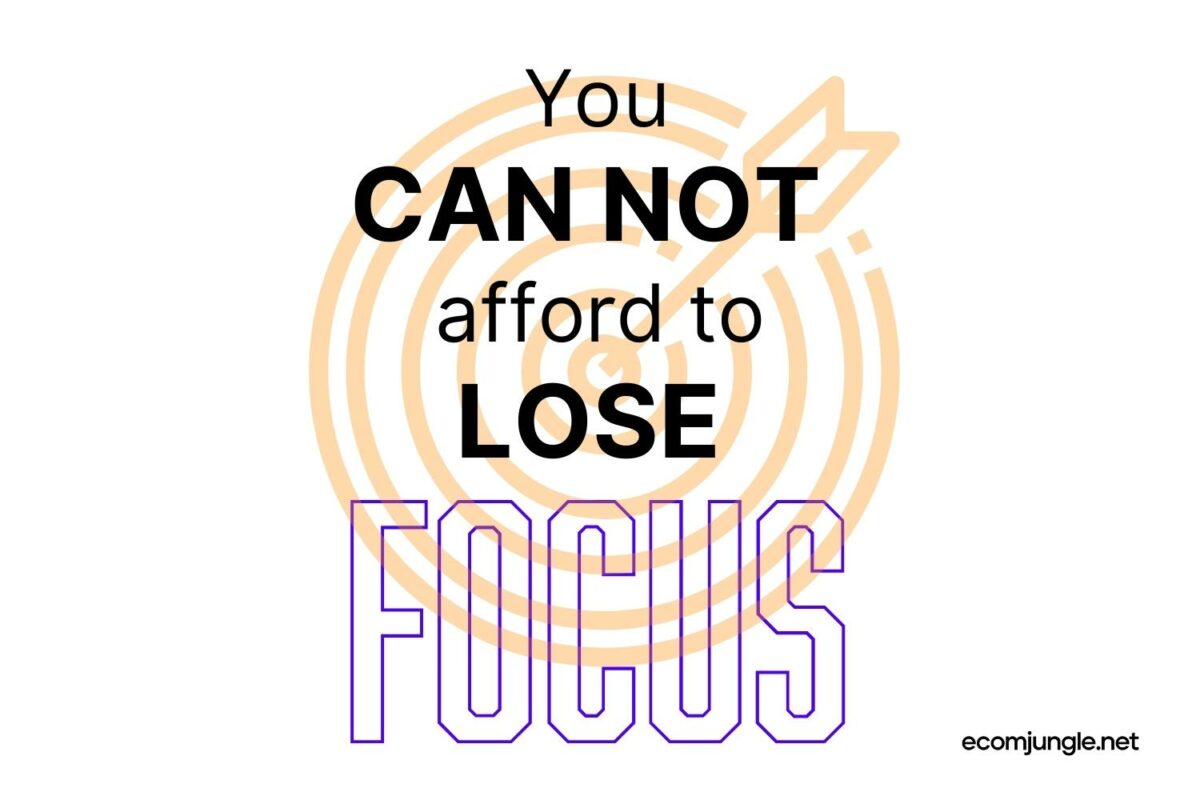
Today, eCommerce means cutthroat rivalry. For a single moment, you cannot afford to lose focus.
If you don’t constantly keep track of your rivals, one day, you will start losing customers unexpectedly, and you won’t even know why.
Regular competitor analysis not only gives you an edge over your eCommerce rivals, but it’s also imperative to stay in the race and make a steady profit from your own business.
So, if you want to skyrocket your eCommerce business, you have to check mainly your direct and indirect competitors.
Pro Tip:
Results won’t happen immediately; it’s an ongoing process, but regular competitor analysis will give your business the edge it needs to outwit the competition. Start analyzing your competition and see what gives you the best results.
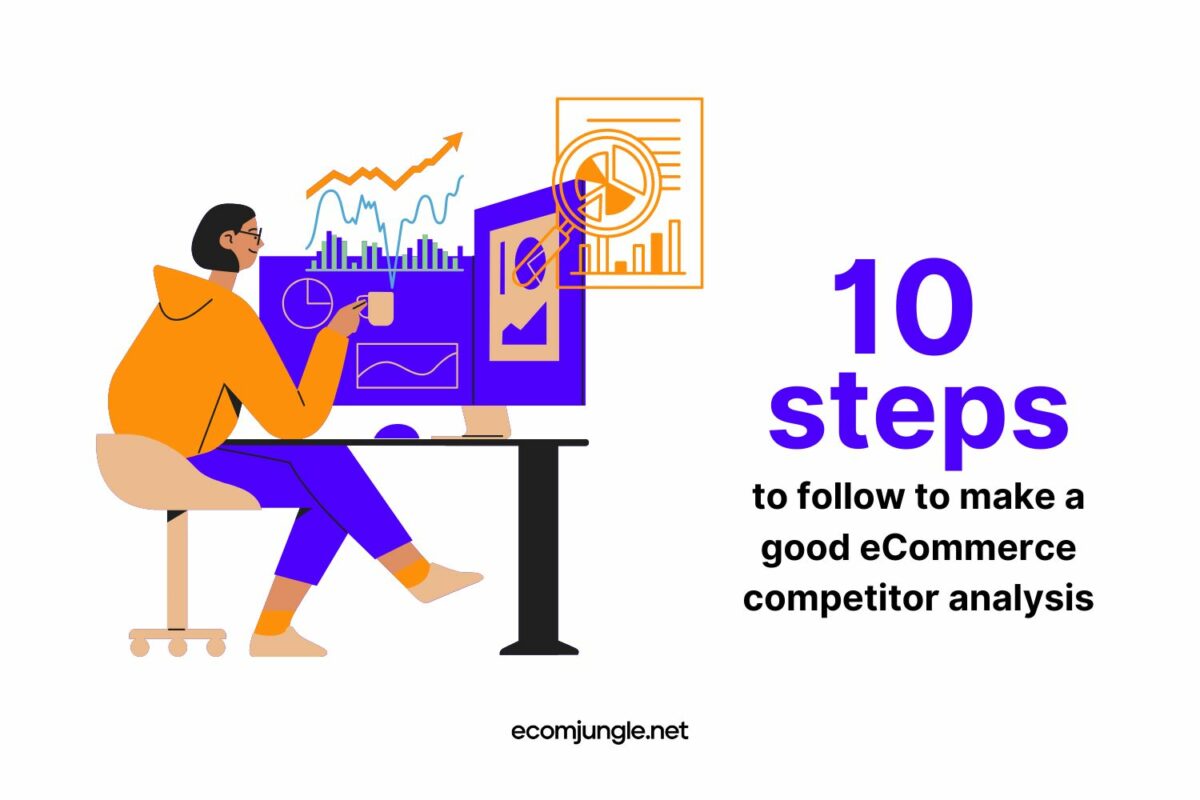
10 steps to follow to make a good eCommerce competitor analysis
When making decisions, it is necessary to know what your competitors are doing in order to design the right marketing strategy, stock rates, and more. For this reason, it is essential to carry out an analysis of the competition before implementing an action plan.
When you start an eCommerce competitor analysis, you will find out what their strongest points are and also discover their weaknesses. Because only by knowing their vulnerabilities will you be able to establish strategies and action plans aimed at exploiting those things in which your online store is better than those of the competition. So, you can achieve this with a SWOT analysis as well.
So, what are you waiting for to get started?
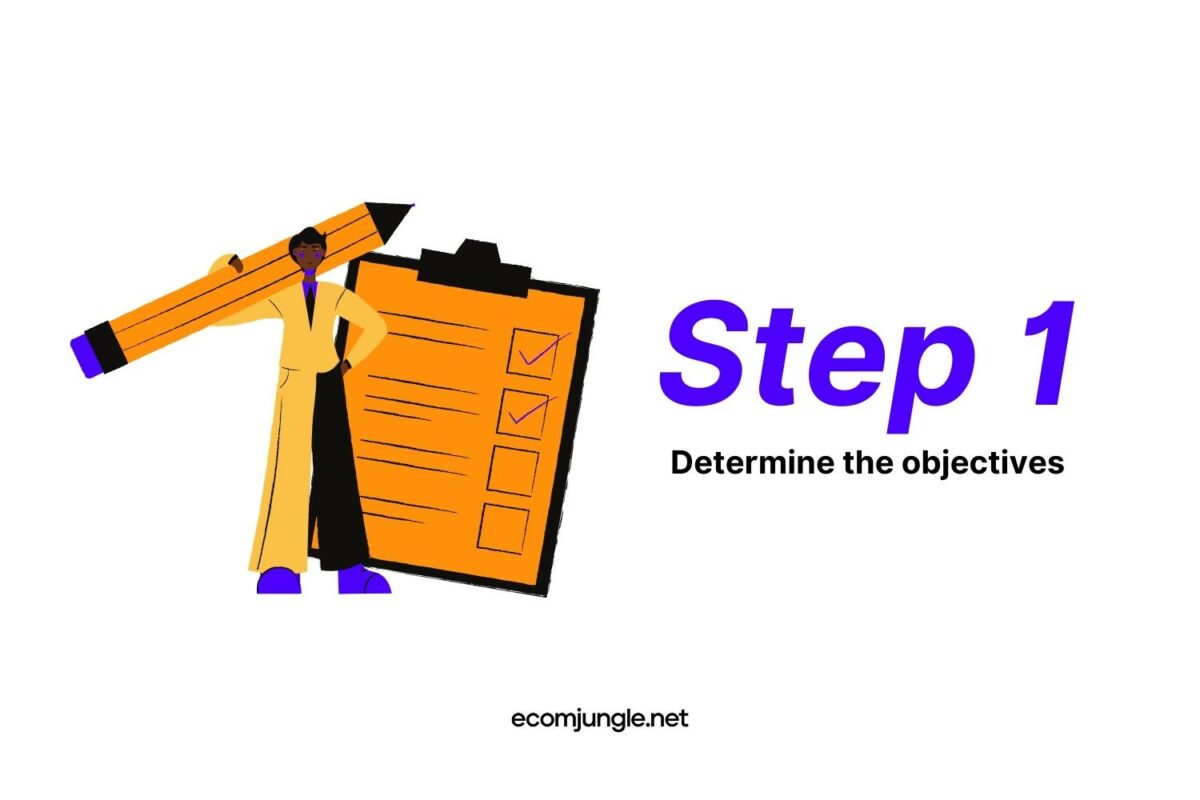
Step 1: Determine the objectives and uses of competitive analysis
Now that we are clear about how important it is to know the potential competitors, let’s see what the main reasons that are studied in a competitive analysis are:
To have accurate information about the eCommerce competitors
It would be better to do some research to determine your main competitors. In addition, you need to find out who is doing things better than others and why, so you can better understand on which competitors focus more. This information from competitor analysis will allow you to anticipate possible trending products and stay ahead of your competitors.
To know how to differentiate yourself from your competitors
It is evident that doing the same as the others do not provide good results. By conducting a competitor analysis, you can find the best ways to differentiate yourself from them, as you will find the benchmarks on which to base yourself through good benchmarking work.
To identify latent business and growth opportunities
In the competitive analysis, you may discover a market niche or eCommerce business opportunity that your competitors are not taking advantage of. The study may even show you ways to improve your selling product to increase your business volume.
To come up with new products or services ideas
Competitive analysis allows you to analyze the strengths and weaknesses of the offers similar to the offer (product, range of products, services, etc.) the company will propose. It allows you to know and follow your competitors’ prices and commercial offers and thus make your new offer as competitive as possible.
Likewise, observing what is being done elsewhere is also an opportunity to improve the company’s organization.
To define criteria
To take the competitive analysis to a deeper level, you should establish benchmarking that allows you to compare your rates with those of your competitors.
By doing so, you can determine your rivals’ averages, their growth curves, and what factors impact them. You can also find out where and how they are investing, what sectors they are expanding into, what new segments the competitors are targeting, and what other companies they are strategically partnering with.
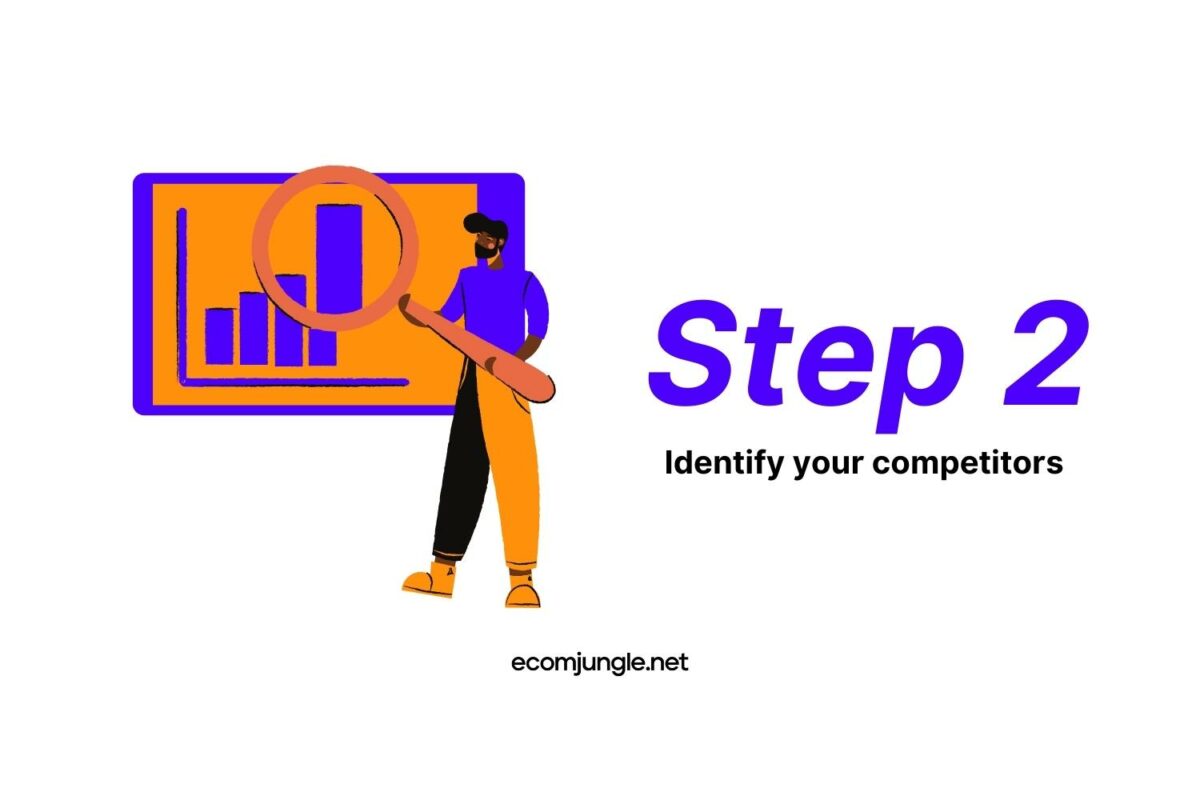
Step 2: Identify who your main competitors are
You must be clear about who your competitors are. And once you know them, you can study how they work and evaluate their strengths and weaknesses to design marketing strategies, business cutbacks, distribution and more, tailored to the peculiarities of your potential competitors.
Ideally, it would help if you classified your competitors in this way:
Direct competitors
It’s an eCommerce business that sells the same product as you.
Direct competitors typically compete in the same market segment as you do, although the products of the two stores may not necessarily be the same. Therefore, when analyzing direct competitors, you should study the pricing strategy of the other online stores that compete with yours.
Indirect competitors
It’s an eCommerce business that sells a different product than yours but satisfies your exact needs, so they aren’t primary competitors.
Imagine, for example, that you sell vintage watches in your dropshipping store. An indirect competitor would be a store that sells smartwatches.
You can read more about direct and indirect competitors here.
Other types of competitors
- Potential competitors – Potential competitors are more hypothetical. It includes potential new entrants, whether they are diversifying or new competitors.
- Replacement competitors – A replacement competitor offers an alternative to the product or service you offer. You both seek to address the same pain points, but the means differ.
- Real competitor – While a real competitor is any company you can quickly identify because they currently compete in your market, it is easy to know them and how they behave in the competitive environment.
Pro Tip:
Never fall in love with your business idea so much that you think it is unbeatable and perfect. Try to be objective and think if your competitors can hurt you or not.

Step 3: Analyze your competitors’ rankings
With the positioning data of your competitors, you can understand how competitors’ websites are growing and developing and whether or not it is close to becoming your direct competitor. There are competitor analysis tools that can help you; I’ll tell you about some of them, so read on…
Semrush
A must for SEO and SEM positioning analysis. It allows you to compare your data with the competition and know how much they spend on search engine advertising.
Screaming Frog
Furthermore, with free and paid versions, this desktop tool allows you to analyze the technical SEO and how the eCommerce website of your competitors are built.
Ahrefs
A great complement to the previous one since it is focused on off-site SEO. So, you can find links that lead to both your site and competitors and compare up to 5 URLs at a time.
SimilarWeb
It helps you to know the market and monitor competitors. In addition, it allows you to collect information on search rankings, number of visits, and traffic sources.
Google Alerts
A classic that never goes out of style. Create an alert with your competitors’ brands to find everything published about them.
Pro Tip:
To make it easier to keep an eye on potential competitors, you can create lists and instantly see how their rankings change or even go back in the timelines to see where they started initially. You can also track the rank of competitors using any of these “rank tracking tools.”
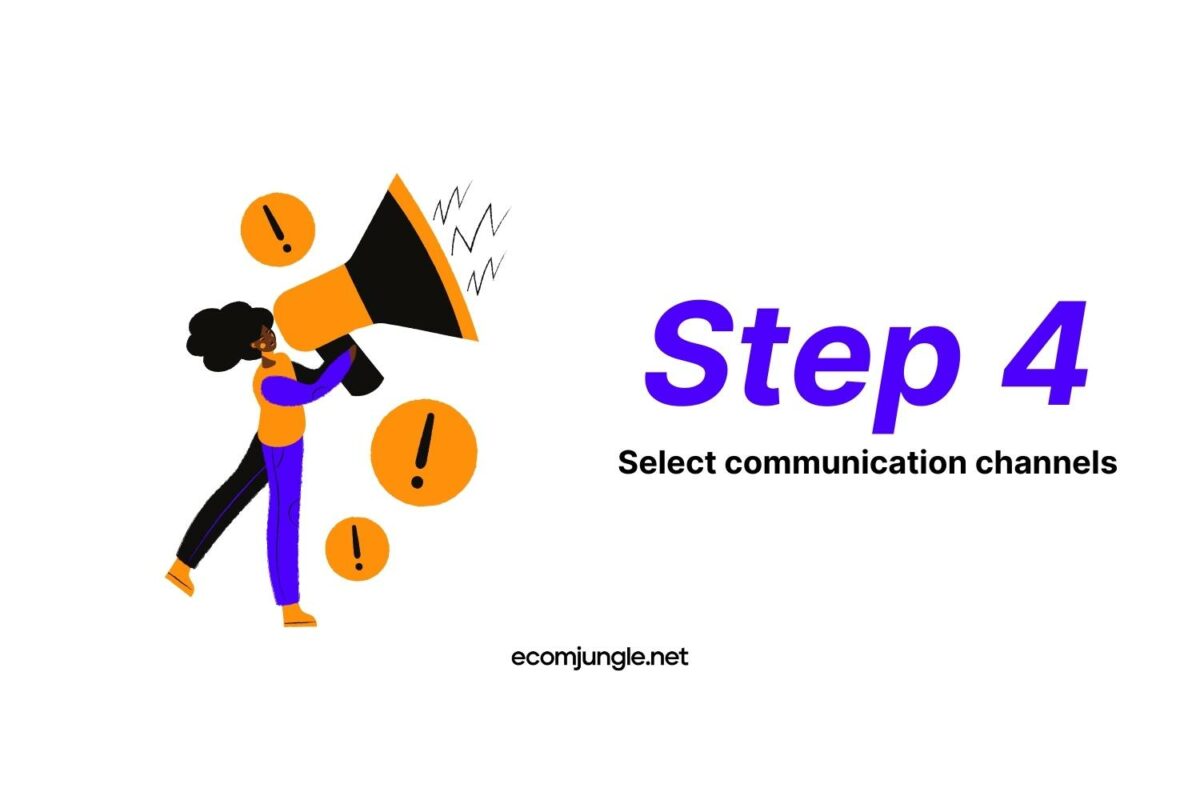
Step 4: Select communication channels
The media chosen for communication between companies and customers need to be considered by the organizational culture, mission, and values, in addition to contributing to a more significant reach to obtain a higher sales rate.
You want to improve your results, so there is nothing like knowing the importance of the customer relationship and exploring the best types of communication channels to add more value to your brand and gain a competitive differential against the competition.
Social media
Social media is becoming an increasingly powerful communication channel, ideal for all sizes of companies. Its greatest strength is micro-segmentation and the ability to create guidelines with high affinity with consumers’ lifestyles, motivations, and interests.
E-newsletters
This communication channel seeks to trigger a result before a specific target audience based on bidirectional communication. The “one to one” strategy considers that each customer is unique and must be treated individually.
Youtube
The video format as a communication channel is one of the media that has changed and evolved the most in recent years. Thanks to Youtube, the use of video as an advertising medium is changing dramatically to abridged formats, gradually displacing the traditional TV commercials.
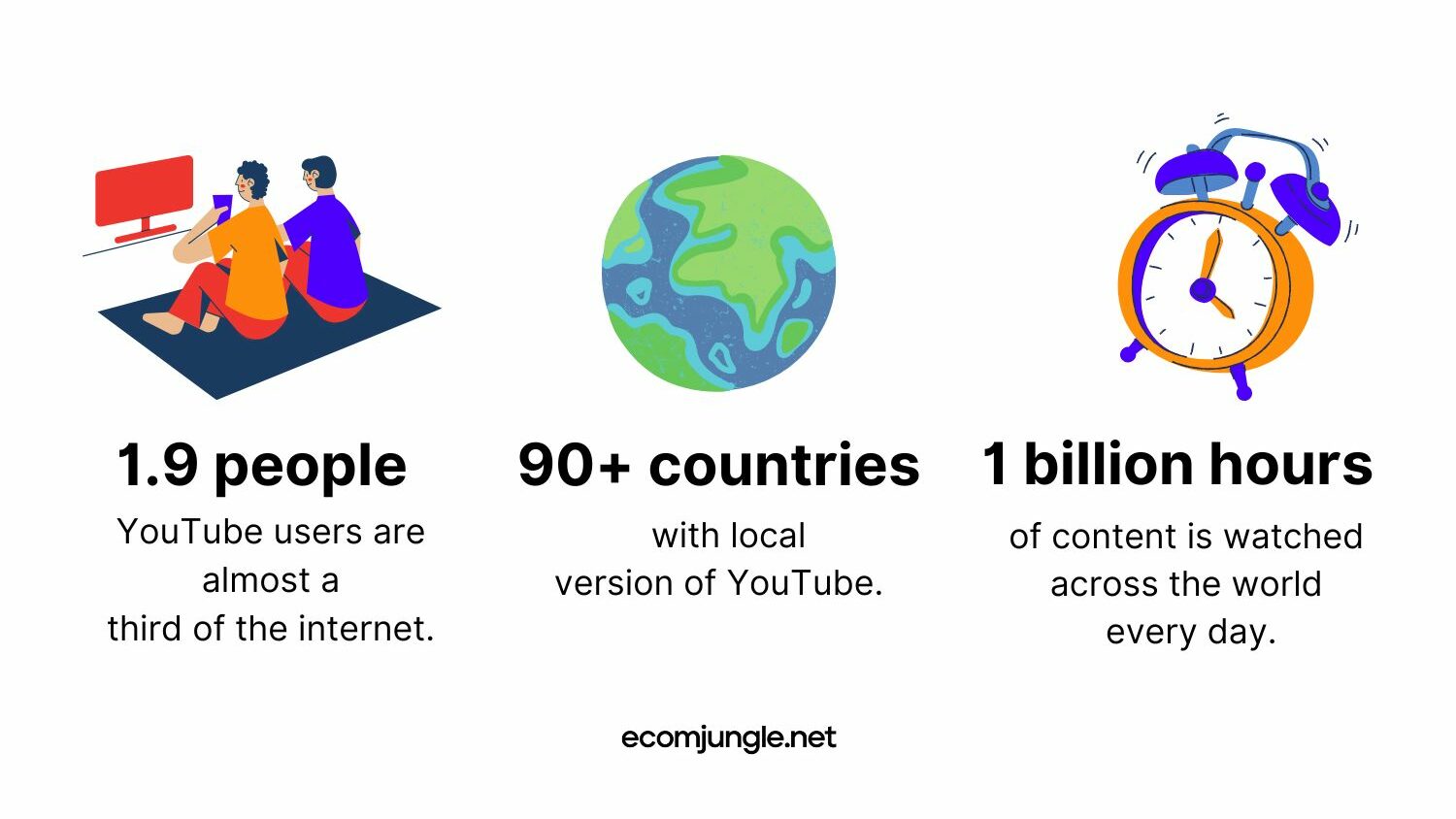
Google results
Searching is one of the fastest growing communication channels in recent years, allowing organic positioning and advertising by companies of any size to reach the target audience.
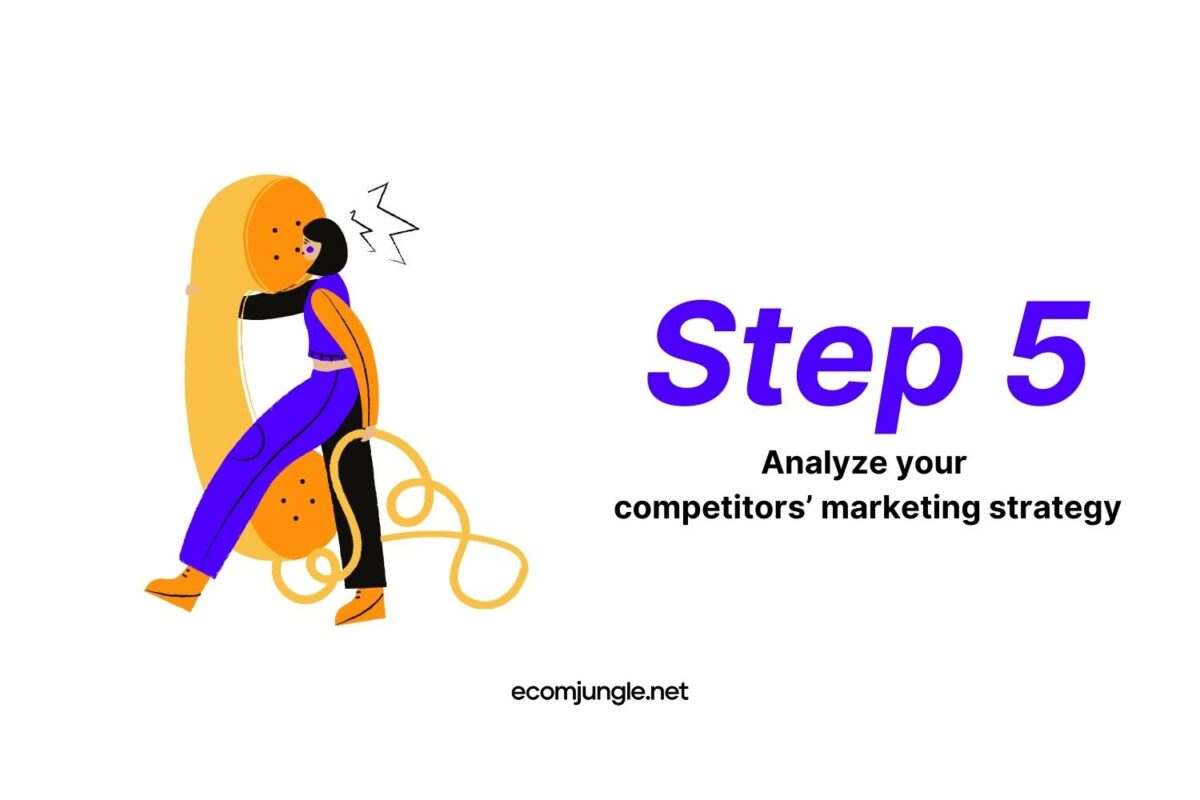
Step 5: Analyze your competitors’ marketing strategy
I recommend you make a global comparison of all the data you have collected from your competitors and identify which aspects your business or brand surpasses. This step will define the strategy you will use to improve performance and reinforce the distinctive elements of your brand or company, either because you have better quality in one area or because you know you have the necessary features to stand out.
Still don’t know where your competitors are beating you?

Step 6: Evaluate your competitors’ website usability
Google focuses on providing internet users with an optimal and unique experience, evaluating everything from search terms to your website.
User experience is valued by Google and depends on usability. Therefore, website design has to meet visitors’ expectations and accumulate positive points with Google.
By checking what your competitors are doing, you can take the positive aspects they have implemented to improve your SEO.
Have you already tried it?

Step 7: Examine your competitor’s SEO strategy
Search engine optimization (SEO) is a set of actions aimed at improving the visibility of a website in the results list of Google search engines for example. But why is it necessary within the competitive analysis?
Generally, when a customer searches for a keyword in a search engine, he visits the company’s page in the first position. Therefore, the SEO strategy is vital and can define the number of customers each company attracts.
According to Backlinko, getting backlinks from multiple sites appears essential for SEO. So, by analyzing competitors, you discover how efforts you have to make to rank your website.
Don’t waste any more time without being number one in Google searches!
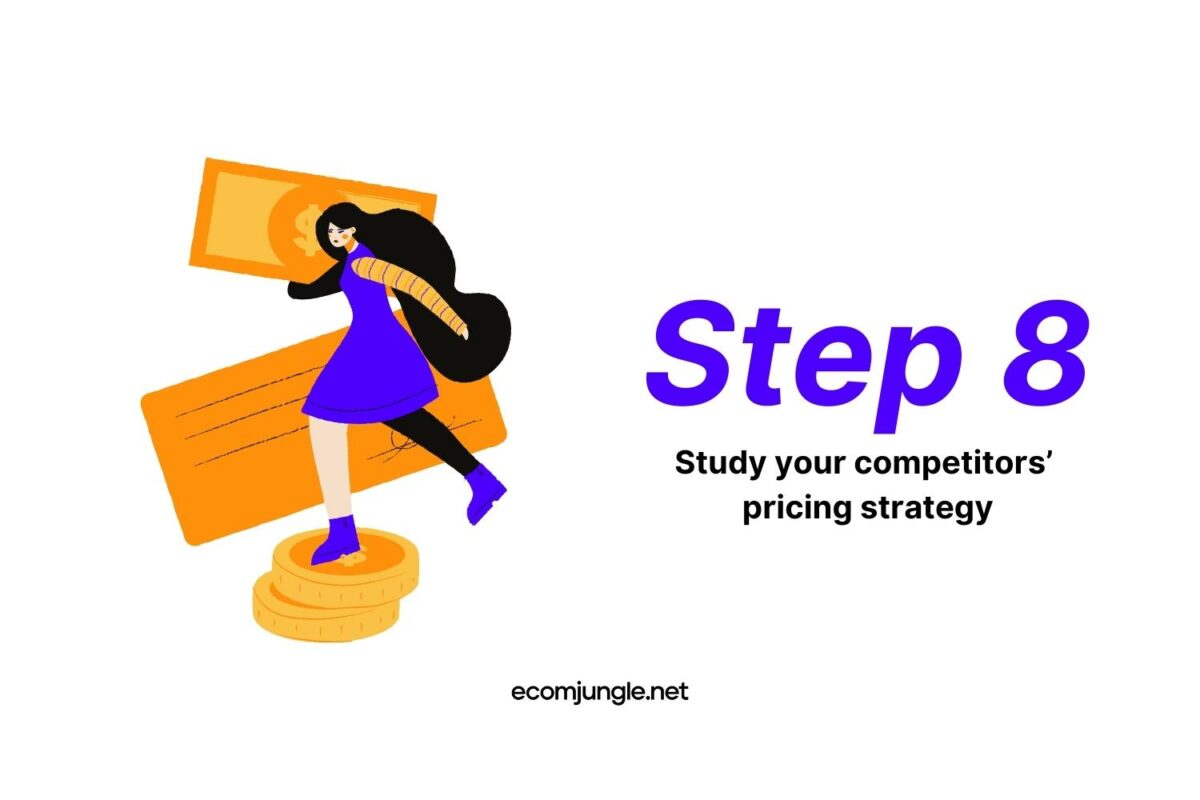
Step 8: Study your competitors’ pricing strategy
Price is a central factor in competitive analysis and can be used as a lever to improve the competitive advantage of any online store and increase conversions.
It could be said that 60% of online shoppers base their purchasing decisions on price. It is why monitoring the activity of rival stores to detect changes and patterns in their pricing is such a priority.
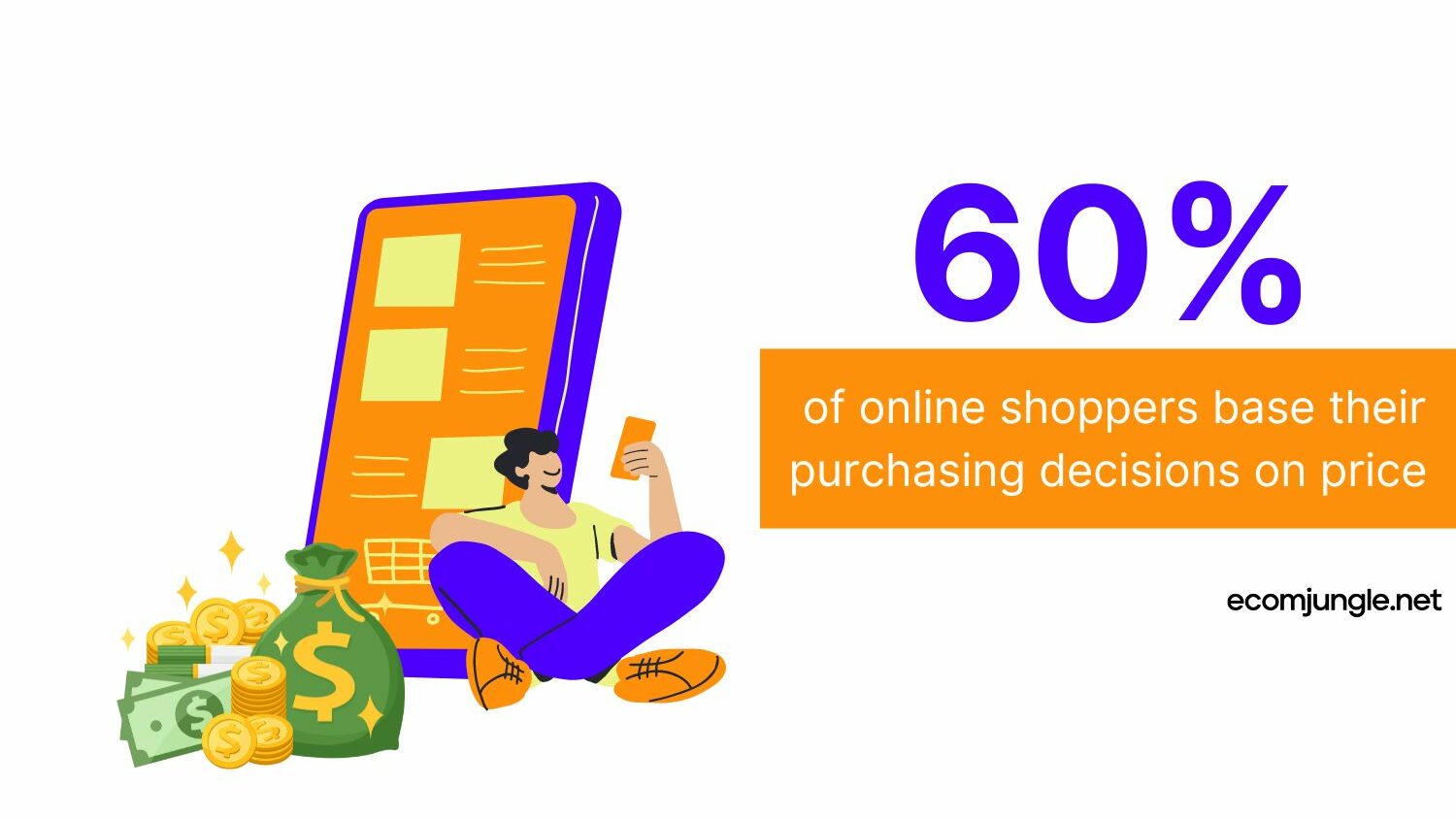
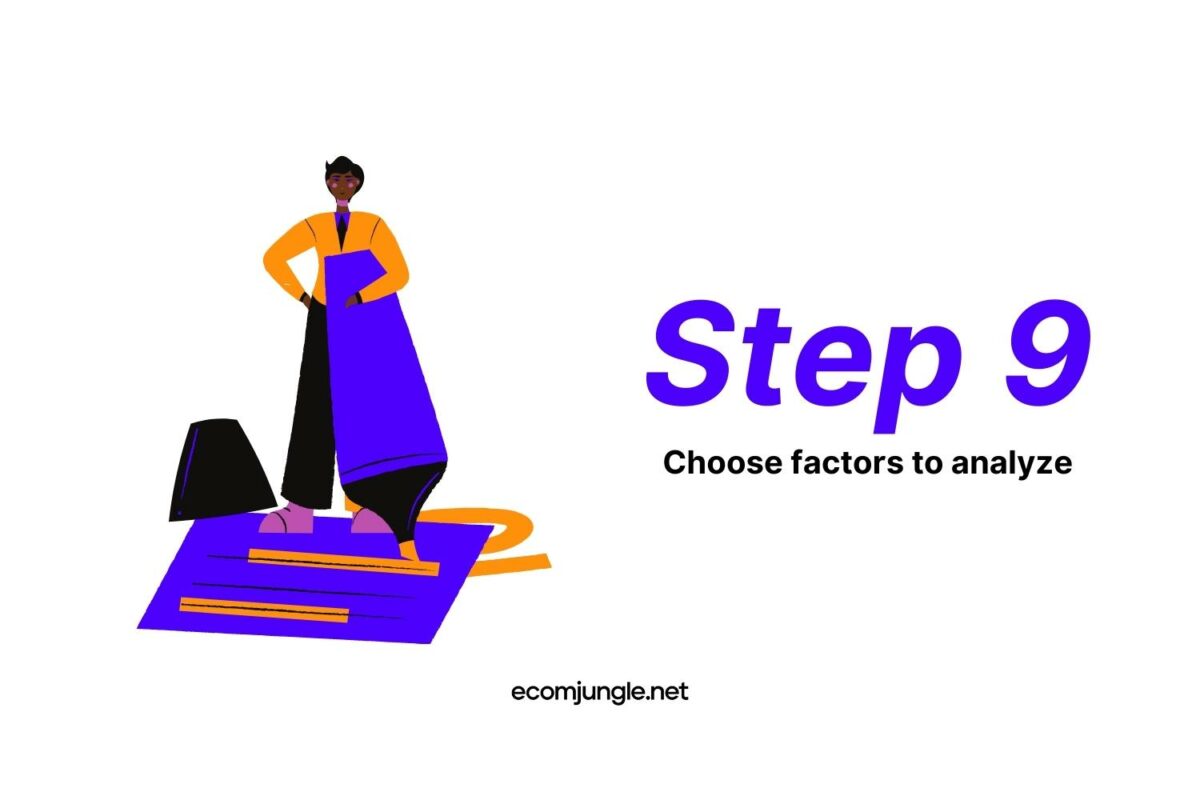
Step 9: Choose factors to analyze
Once you have ranked all your potential competitors, you should analyze the following information:
- Strategies of each competitor – Although their objectives may not be so obvious, it is easy to discover their main strategies, so you should know their priorities.
- Key factors of the market leaders – When you see who your strongest competitors are, you should do a more detailed analysis of them to take competitive advantage of some pillars of their business.
- Customer profiles – Analyze what type of customer is shopping at your competitors’ online stores. Then, try to create demographic profiles to generate specific messages oriented to those segments or types of customers with common characteristics.
- Competitors’ strengths and weaknesses – Any business has good things and bad things. And if it does well, it will try to amend or minimize the wrong things to enhance the good stuff.

Step 10: Apply the results of the eCommerce competitor analysis framework to your business strategy
Competitive analysis can lead you to reposition your brand or modify the focus of your strategies. In addition, it will give you a complete picture of the brands that dominate your business’ market segment and define your competitors going forward.
Did you get the results you expected from your competitor analysis?
Conclusion
When done right, competitor analysis will allow you to design your own marketing strategies so you can continue to grow and improve.
The good news?
eCommerce competitor analysis doesn’t have to be complicated or time-consuming. Instead, you can quickly and easily get the lowdown on other players in your market using the right tools and tactics.
Now you have enough information to do a good eCommerce competitor analysis. But, also, remember that the most important thing is not only to get good news but to interpret it correctly, to generate action plans that lead to more sales.
So get to work and start analyzing your competition!
Frequently asked questions
The analysis of the competition is an indispensable tool in the strategy of any eCommerce business since this study will lay the foundations on which decisions will be made that will have a more significant impact on performance and profitability, especially in terms of pricing.
Online competitors are eCommerce positioned on the keywords for which you want your company to appear in search engines. So you must continuously optimize your website if you’re going to improve your SEO and SEM.
Analyzing competitors is a way to discover potential problems and weaknesses. So, studying your rivals will give clues as to what they may be doing wrong. But also, by comparing it with your processes, you can discover flaws in the way you work.
It is essential to keep in mind that competitive analysis is carried out over the long term. Therefore, competitor analysis should be performed monthly to keep abreast of the evolution of the competition in the market and to adapt the strategy.
